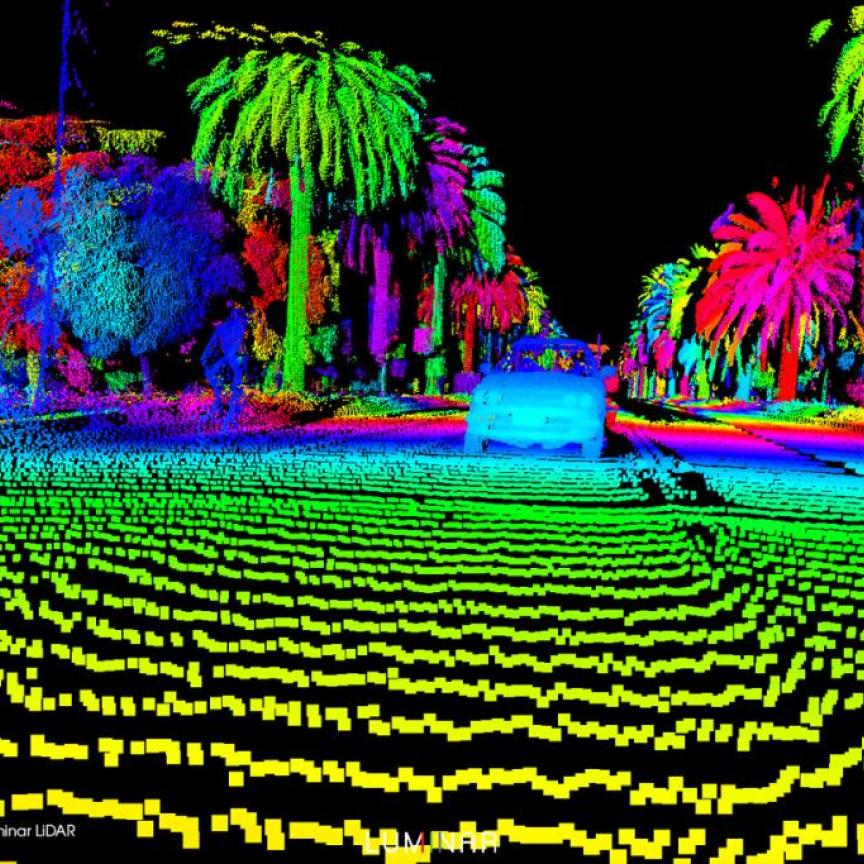Jessica Rowbury reports from the biomedical optics conference, Bios, held from 13 to 14 February as part of SPIE Photonics West
Healthcare solutions using optical coherence tomography (OCT) and photoacoustic tomography systems have received research awards at the Translational Research forum during the Bios conference. The awards were presented for work demonstrating innovative optical techniques for real-world healthcare challenges.
OCT was one of the main themes at Bios, both during the conference sessions and the accompanying trade fair. Bios is the biomedical optics, biophotonics, and imaging conference, which took place from 13 to 14 February in San Francisco as part of SPIE Photonics West.
The SPIE Translational Research virtual symposium, designed to facilitate the translation of biophotonics research into clinical practice, highlighted 229 papers at this year’s Bios conference that featured photonics technologies with a potential to change patient outcomes.
The winners of the competition included: Oscar Carrasco-Zevallos (Duke University), for developing a 4D microscope integrated with OCT to guide eye surgeons during delicate retinal surgery and when measuring the depth of corneal tissue; Rui Li, of Purdue's Label-free Spectroscopic Imaging Group, for a multimodal photoacoustic tomography system for intraoperative assessment of breast tumour margins; and Hao Zhang, director of the Functional Optical Imaging Lab at Northwestern University, who developed a new OCT technology to quantify retinal oxygen metabolism in vivo.
Bios trade fair
Companies exhibiting at Bios were presenting laser sources, fibres and complete systems for OCT imaging.
Nishant Mohan from Wasatch Photonics said that OCT is benefitting from a positive cycle: improved funding has meant that the technology is performing better in clinical trials, which in turn leads to more funding opportunities.
OptoRes, a company spun-out from the Chair of Biomolecular Optics (BMO) at the University of Munich, was showcasing its OMES Megahertz OCT system. OMES combines a Fourier-domain mode-locking (FDML) swept laser and GPU processing into a research OCT system. FDML is a laser operation scheme, whereby the cavity round-trip time is synchronised to the wavelength-tunable filter driving signal. This technology means the system can scan much faster – OMES has speeds greater than 1.5MHz and scans more than 20 OCT volumes per second to provide 4D video rates.
Wasatch Photonics had two of its OCT systems at the show, one 800nm system for high-resolution imaging, and a 1,300nm probe for penetrating deeper into tissue. The WP OCT 1,300nm system can achieve an imaging depth of up to 12mm for applications in dermatology, anterior segment imaging, silicon inspection and other applications requiring deeper penetration in the sample.
The company also demonstrated its 1,300nm module that a customer integrated into a dental imaging system. The instrument had a handheld probe, which was used to provide real-time scans of a patient’s teeth.
Thorlabs, NuView and Santec and were among other exhibitors demonstrating components and systems for OCT imaging.
Hot topics
David Sampson from University of Western Australia presented OCT ‘microscopes-in-a-needle’ at the Hot Topics session on 13 February, which took place as part of the Bios conference.
Sampson described efforts to overcome the two limitations faced by researchers in the biomedical optics field: constrained depth penetration through tissue, and insufficient contrast to discern structures. His approach focuses on building and using ‘microscopes-in-a-needle’, whereby ultra-small, high-sensitivity microscopes are manipulated inside of tissue to get 3D reconstruction images via OCT.
Sampson's work enhances contrast by looking at birefringence and stiffness using optical coherence micro-elastography. OCT imaging can be used to guide the researcher or clinician to suspicious solid tissue, and the additional contrast from these metrics can be added to the OCT image to identify possible cancer.
The needle provides a minimally invasive method to overcome the obstacle of depth penetration. However, a basic physiological problem remains, in achieving enough contrast to distinguish between benign and malignant solid tissue.
Further information:

